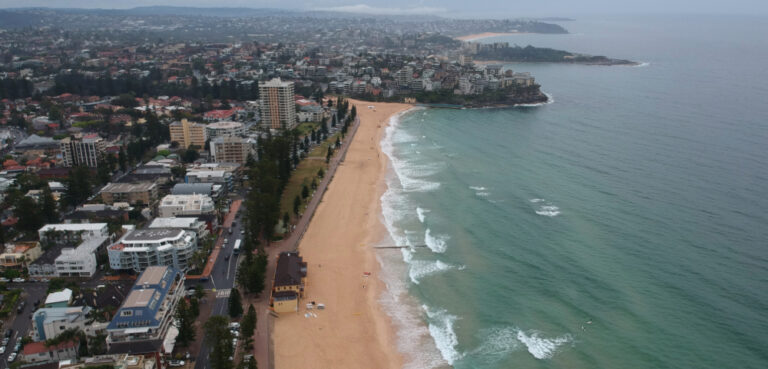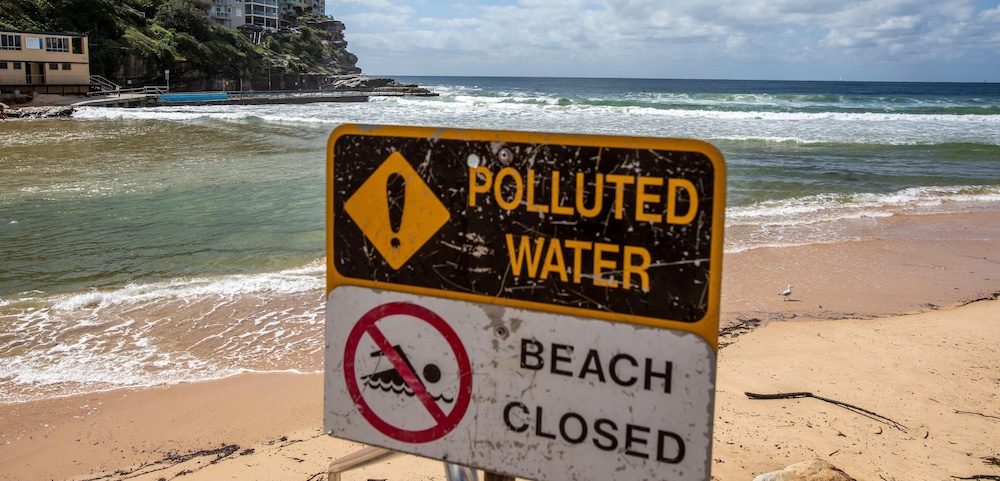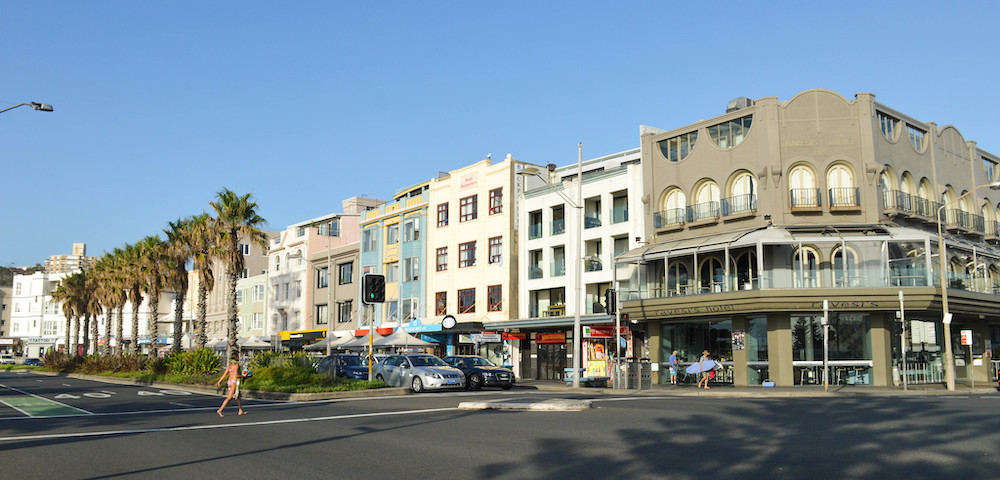
Immunisations clinics close their doors

BY ANNA MCGRATH
Woollahra Council’s monthly Childhood Immunisation Clinic has closed down, after parents are electing their GPs as preferred vaccination suppliers. The closure of Woollahra Council’s clinic on March the 13th follows a trend seen in Council Immunisation programs across Sydney.
Attendance to the clinic has been falling consistently since 2006. While the clinic was vaccinating a monthly average of 25-30 babies in 2005, numbers have fallen to an all-time low of 7 in October 2016.
A Northern Sydney Local Health District (NSLHD) spokesperson said that immunisations continue to be one of the most effective preventative health measures available in the community.
“Vaccination is the best way to protect a child from these serious diseases. Vaccine preventable illnesses like whooping cough, chicken pox and measles continue to occur in the community,” they said.
The National Health Performance Authority reported that Sydney’s Eastern Suburbs immunisation coverage rate for children between 1 and 5 is below 92%, with the rate of 2 year olds dropping to 88.2%. For effective disease control, at least 95% coverage is needed.
Clinics have been shut down consistently over the past few years, such as in North Sydney in August 2016, Willoughby in December 2015, Manly in September 2013, Redfern in 2002 and Kings Cross in 2002. All of these closures were the result of falling number of attendees lost to the more effective and convenient treatment offered by GPs.
According to the NSLHD spokesperson the council is responsible for all immunisation clinic closures.
“The decision to run a council clinic, or not, ultimately lies with a local council.”
Council Spokesperson and mother of two Justine Henderson said that she preferred her local GP over an immunisation clinic to vaccinate her children.
“It was much quicker and more effective… a one stop shop.”
The trend of parents towards using GPs as vaccination suppliers has benefits. Unlike a vaccination clinic, GPs can simultaneously vaccinate and provide parents and their children with general check-ups, dieting assistance and counselling. Doctors also tend to be in closer proximity in the event of an anaphylactic reaction to the vaccine.
GPs also allow Medicare to notify Centrelink much faster than the manual based system of immunisation clinics which could take up to 6-8 weeks.
Justine said that GPs tend to be able to offer more services than the clinics themselves.
“Obviously, we are a council, GPs are better equipped,” she said.
The reasons for the closure of the clinics are similar across Sydney. Councils across Sydney have been faced with shortages of accredited immunisation nurses who can administer vaccinations without the guidance of a doctor. Woollahra council was forced to close in February with all staff resigning due to other commitments.
Pressure has also been placed on clinics with the tightening of National and NSW Health guidelines around the storage and transportation of vaccines. Woollahra’s vaccine refrigerator did not fully satisfy the guidelines of the Cold Chain Breach Protocol.
Karen Osborne, a trained immunisation nurse with 30 years of experience, commented on the regulations surrounding the Cold Chain Breach Protocol.
“We have to check the vaccines manually…we strive for 5 degrees but it has to stay between 2 and 8,” she said.
The net cost of Woollahra’s clinic has increased six-fold in the last 10 years. Nurses and council administration staff costs are no longer fully reimbursed by the NSW Health department, as they were in 2006 when the clinic was last reviewed.
Woollahra Council said the closure of the clinics is appropriate given the current trends of families towards GPs.
“The council completely understand and support the need for rigorous protocols surrounding the administration of immunisations, as the health and safety of patients is the number one priority. However, the South-East Sydney Public Health Unit’s recommendations highlighted that Council is not the best organisation to be providing this type of service; they need to be provided by medical services organisations who have trained staff and appropriate facilities, to protect patient safety and ensure the efficacy of the vaccines”.
The World Health Organisation states that a 95% immunisation coverage rate is needed for effective disease control.
The NSLHD said vaccinating healthy children has flow on benefits.
“If most children are vaccinated this also protects those who are too young to be vaccinated, or those who can’t be vaccinated because of medical conditions.”
Immunisation rates are a problem beyond local council’s control, and are being dealt with in different approaches at a local level. Sadly preventable, yet life-threatening diseases are not confined to these borders.









